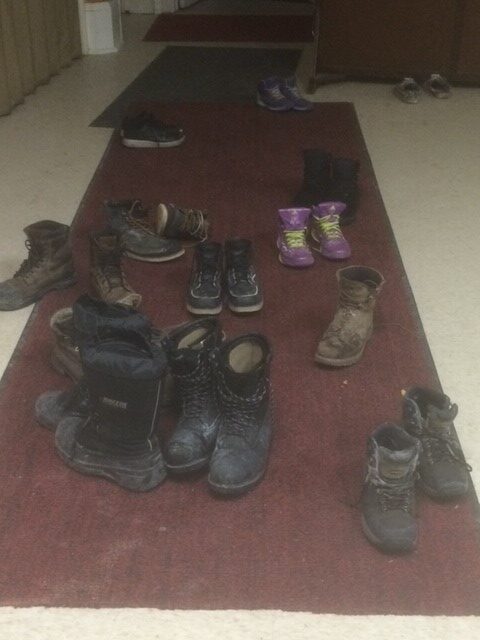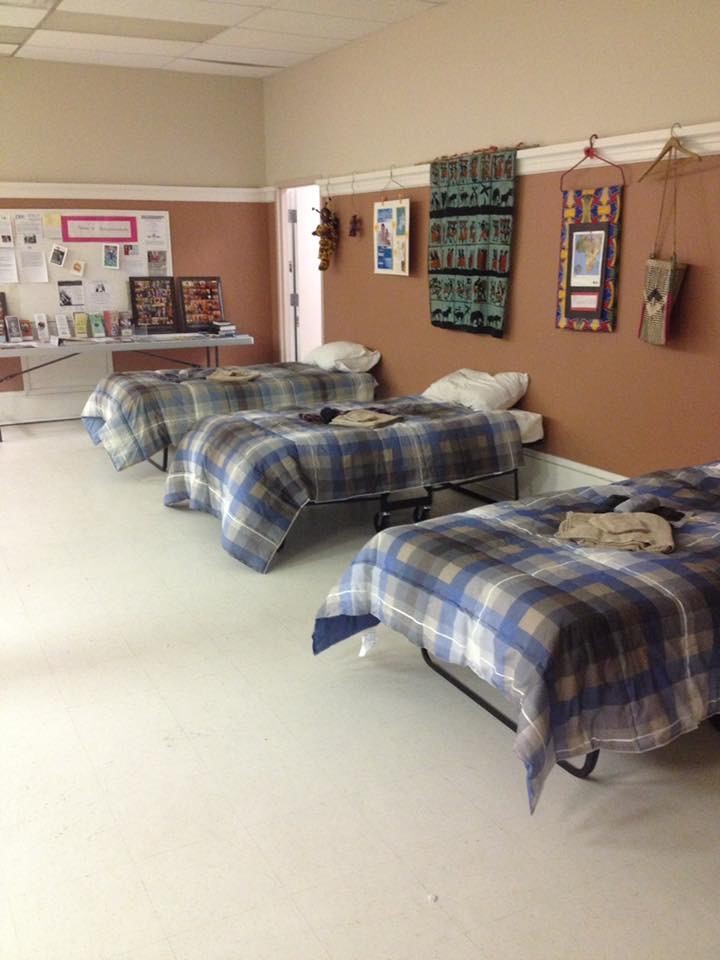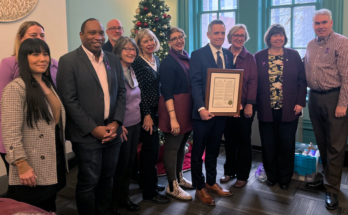When Ottawa Mayor Mark Sutcliffe announced a new Emergency Shelter Crisis task force last month to respond to the “unprecedented demand” for homeless shelters this winter, advocates say one particular group was left out.

The taskforce was designed to create “emergency shelter services for single adults experiencing or at risk of homelessness,” according to a memo sent to the mayor and city council on Nov. 1. Demand for emergency shelters, the memo said, is “outpacing supply,” painting a grim picture for Ottawa’s future.
“There are over 250 people currently living unsheltered, a large portion of whom will seek to access shelter services through the winter,” the memo said, noting 187 additional beds may be required.
While the needs of homeless adults were considered, the memo does not explicitly mention homeless youth once. That’s a striking omission since young people between the ages of 13 and 25 make up 20 per cent of Canada’s homeless population.
“Youth are the poor cousin within the homelessness sector,” said Kaite Burkholder Harris, the executive director of the Alliance to End Homelessness. “They’re often not part of the conversation.”
The reality of youth homelessness in Ottawa
Officially, Ottawa has more than 100 documented homeless youth, but “we know the number is larger than that,” Burkholder Harris said.
Michael Wade, the assistant director of community services for the Youth Services Bureau (YSB), agreed the number is likely higher, and added calculating an exact number of homeless youth is complicated because “there is no accurate measure of it in Ottawa.” For example, some youth shelters are not financially supported by the city and thus are not included in Ottawa’s “official” numbers.
What is clear is that only 32 beds in shelters are specifically designated for youth, Wade said.
As the demand for youth shelters far outweighs the supply, young people are often turned away, Burkholder Harris said. This introduces them to significant risks on the streets and often exposes them to certain dangers.
Survival sex is one danger on the streets when there is nowhere else to go. Burkholder Harris said people sometimes think they’re just going to stay overnight at a person’s house but find themselves pressured to have sex in exchange.
Nearly 60 per cent of street-involved youth report violent victimization, meaning they are six times more likely to be victimized compared to the general population, according to Homeless Hub, an online research library created by the Canadian Observatory on Homelessness.
“We know that homeless young people are at increased risk of becoming victims of criminal activity, sexual exploitation or substance abuse,” Wade said. “In that sense, homelessness is a danger to young people.”
Adult shelters not suitable for youth
Not only are unsheltered youth facing dangers on the streets, but unaddressed youth homelessness often results in chronic adult homelessness.
Homeless youth could become “a substantial portion of a city’s chronically homeless adult population,” Wade said.
The Emergency Shelter Crisis taskforce provides a short-term solution for the bed shortage, but does not provide the environment youth desperately need for healthy development, said Jason Pino, executive director of Restoring Hope Ministries, a Christian ministry that operates an emergency shelter in a church on Laurier Avenue. The space can hold at least 20 youth.

Pino says youth do not belong in adult shelters.
“They’ve experienced having their things stolen or being harassed there or being intimidated,” said Pino, explaining how youth have voiced fear in staying in Ottawa’s established adult shelters. Some individuals, who have aged out of Restoring Hope’s program, “are still afraid of going to the adult shelter,” and have chosen to sleep near the church that houses Restoring Hope instead.
Burkholder Harris agrees. “When there are young people in adult situations, it’s not great,” she said, describing how oftentimes, youth in these situations are exposed to “more substance use,” as well as exposure to “higher levels of trauma.”
Emergency shelters set up by the city’s taskforce, some of which are located in community centres, are adult-centric and could pose similar risk.
Youth need specific support for healthy development

In order to eradicate the cycle of homelessness before it becomes chronic, advocates told The Capital Chill, youth need specific developmental and emotional supports that adult centres and emergency shelters do not provide.
Youth shelters take a developmental approach, Wade said. YSB hires youth workers specifically for their youth-oriented skillset. “Adult shelters don’t take into consideration that an 18-year-old, while technically an adult, is still developing into adulthood and they are, quite frankly, missing a lot of basic skill sets.”
Youth need emotional support and a feeling of safety to properly develop. “I think what can’t get overlooked for homeless youth is the mental and emotional support that they need,” said Pino. Some youth may feel “anxiety or trauma around being in that large environment around a lot of adults.”
If their emotional and mental needs are not being met, youth are “more likely to become long-term homeless,” he added.
Looking beyond short-term solutions
While Pino, Burkholder Harris and Wade all nod to the efforts of the city and its taskforce, a long-term solution is necessary for vulnerable youth in the community to receive adequate care.
In order to mitigate youth homelessness, advocates say that certain measures must be taken. More transitional housing and not-for-profit housing is needed in the city because “homelessness is a housing problem, it’s not a person problem,” Burkholder Harris said.
She added reforming the child-welfare system and providing youth with sufficient employment strategies so that they learn how to support themselves is also essential.
Advocates added emergency shelters are simply inadequate to provide homeless youth with the safe environment that is needed for proper development.
“It’s a stop gap,” Burkholder Harris said.
“We have an emergency room at the hospital for a reason. But at the end of the day, we need a hell of a lot of primary care. And right now we have a system that doesn’t have enough primary care.”




